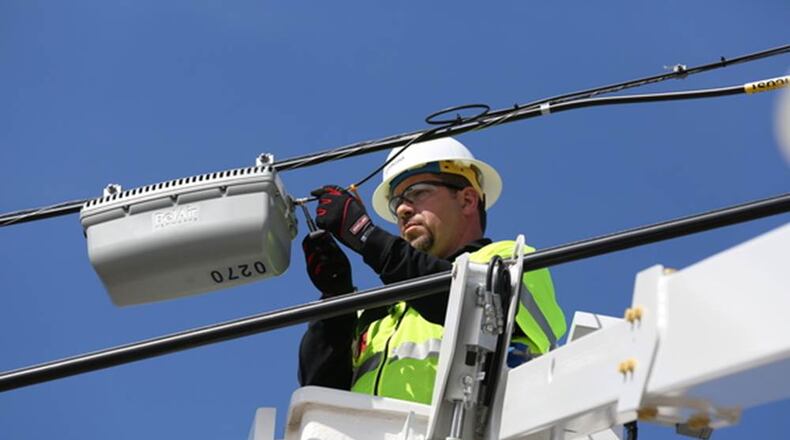Comcast is turning customers’ home Wi-Fi zones into public hot spots, giving separate secure access not only to guests in the home, but also potentially to people outside.
Metro Atlanta is the latest region where Comcast is creating what it calls “neighborhood hot spots.” The company, the area’s dominant cable provider, said its local roll out will involve more than 160,000 of the new hot spots. Customers will be notified when the change is made.
The company says the move will allow resident to avoid sharing Wi-Fi passwords with guests and to not be dinged for the visitor’s data use and online activities. Comcast hopes the change will help build its brand and connection to customers even away from their own homes.
Comcast is remotely turning on a second signal from the equipment in many, but not all, of its local customers’ homes, creating a new network in addition to the one the resident uses. Company officials say the change won’t reduce home Wi-Fi speed or put resident’s privacy and security at risk.
“There is really no pathway between the two, so there is no security issue,” said Tom Nagel, Comcast Cable’s senior vice president of strategic initiatives. “We are able to treat it like another cable modem.”
People outside the home would be able to sign in if the signal is strong enough, but Comcast said usable signals typically travel only about 30 feet in any direction from a base unit.
Signing in requires a Comcast email and password or being prompted to use a trial offer or buy access. Comcast customers who have all but the lowest tiers of service would not be charged to sign in. Data usage by guests would count against each guest’s Comcast plan rather than the resident’s.
Residential customers who don’t want the second Wi-Fi signal would have to contact Comcast to opt-out of the service, but “very few people are choosing to do that,” Nagel said.
Nationally, the number of public hot spots has grown sharply as consumers toting smartphones and tablets demand more access that lets them avoid cell charges for heavy data use. Comcast is trying to spread that offering by piggybacking on the Wi-Fi used by its residential customers.
Comcast boasts that, combined with existing outdoor public hot spots, its latest moves will give it more Wi-Fi hot spots than any of its rivals locally.
AT&T did not comment on Comcast’s moves Tuesday.
Metro Atlanta is the first location in Comcast’s seven-state southern region to get the change. The hot spots already are available in various Northeastern states.
“In general, it’s a good thing to have broadband available everywhere,” said Ed Price, who works at Georgia Tech’s Institute for People and Technology, where he directs research partnerships and development.
Comcast should be able to keep a customer’s home network separate and secure from the one that guests use, Price said.
Guests logging in to the neighborhood hot spots — up to five can do so simultaneously — won’t get speeds as fast at those on the resident’s own network.
About the Author
Keep Reading
The Latest
Featured



